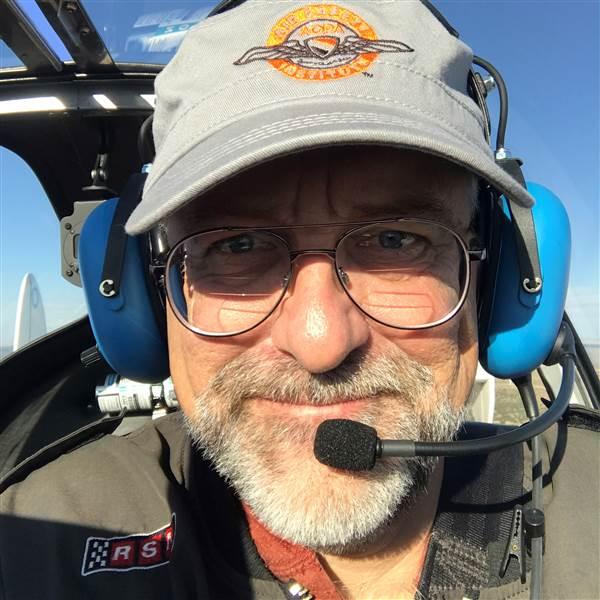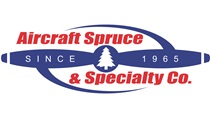Training and Safety Tip: When 'wrong' is right
It’s the law: Once you’re in the airport traffic pattern, all turns have to be to the left.
Unless, that is, the airport has an established and published “right-hand pattern,” in which case, all operational turns are to the right. This will seem very odd the first time you fly one. Instead of looking out your window down at the runway, you’ll be looking across your flight instructor, and out the far window.
To find one, look at your sectional chart. Right-hand patterns are indicated with the letters “RP” and the number(s) of the affected runway(s) at the bottom of the airport data block for all nontowered airports, and towered airports that aren’t staffed 24/7. They aren’t published for airports with full-time towers, as you’ll do whatever the air traffic controllers tell you to do. Controllers can use right or left patterns (or both) as they see fit.
If you see an asterisk (*) before the letters “RP” that means there’s something unusual about the right-hand pattern, and you need to look at the Chart Supplement for details. Often, it’s something like a right-hand pattern requirement just for helicopters.
When overflying an airport, you can learn whether any of the airport's runways have a right-hand pattern by observing the L-shaped traffic pattern indicators outside of the segmented circle around the windsock. These show the base and final legs of each runway’s pattern. Tip: If any two adjacent L’s point the same way, one runway has a right pattern. If they point opposite ways both runways have standard left patterns.
RPs are often established to keep traffic away from populated areas near airports and are used to separate landing traffic on parallel runways.
That regulation that defaults traffic pattern turns to the left unless otherwise specified is buried in FAR 91.126, a section that deals with Class G airspace. So, one could be forgiven for thinking that this rule is for Class G airports only. But the rules for all the other airspace classes either directly, or indirectly, point back to this requirement—making the left turn in the pattern the default for all airports.




